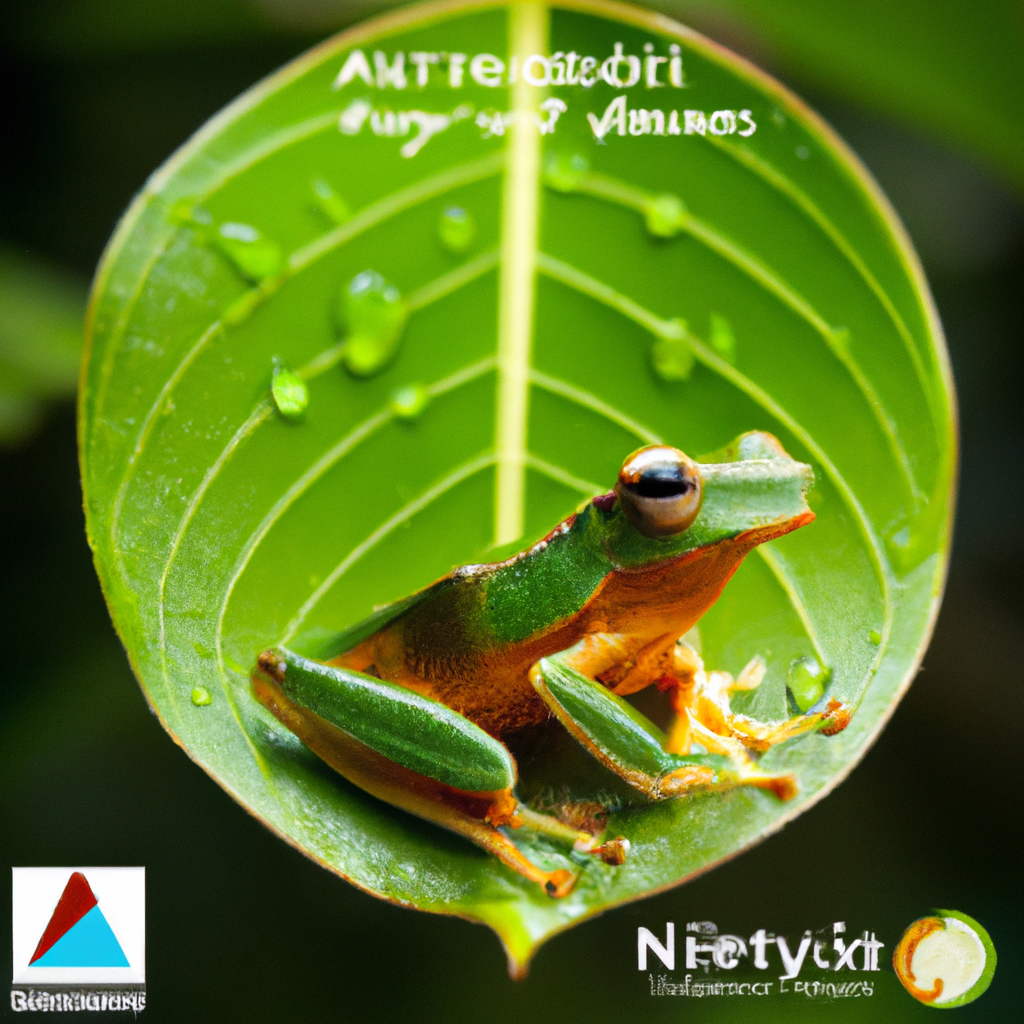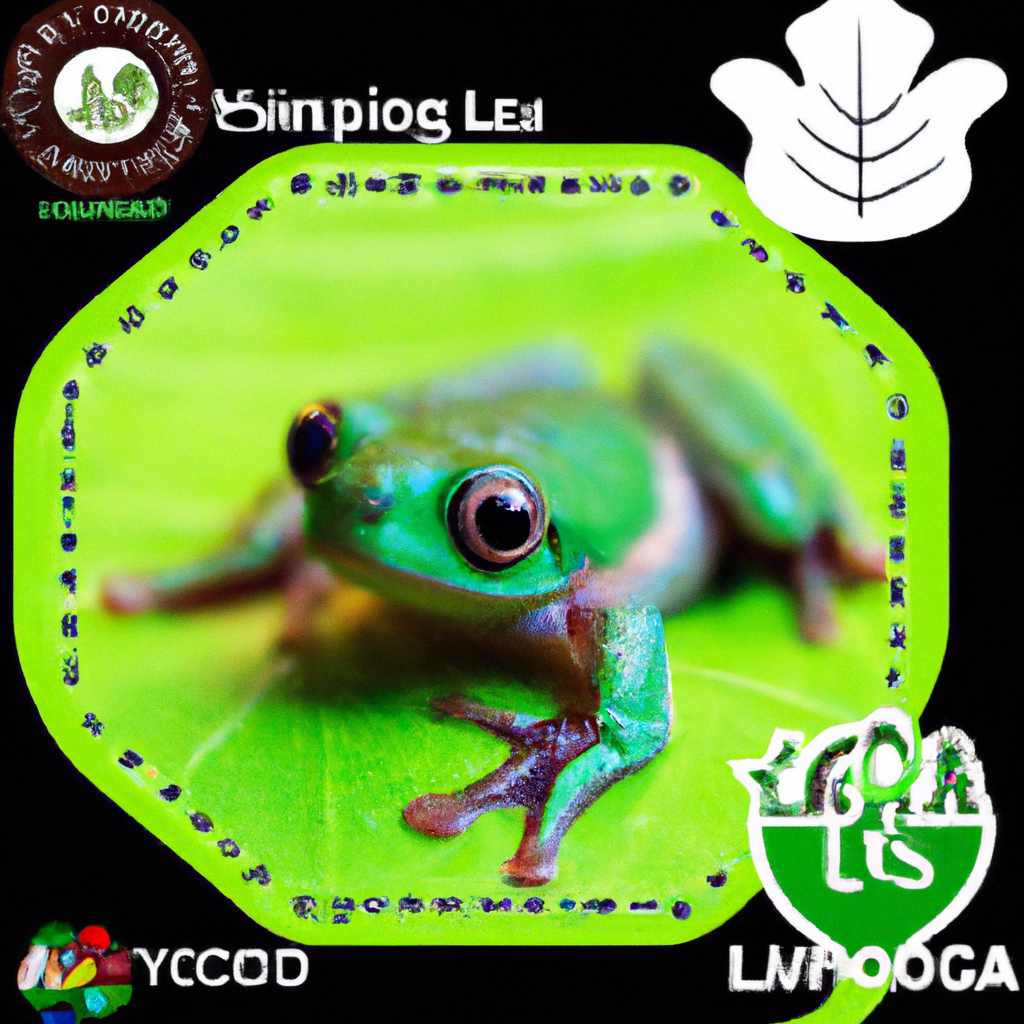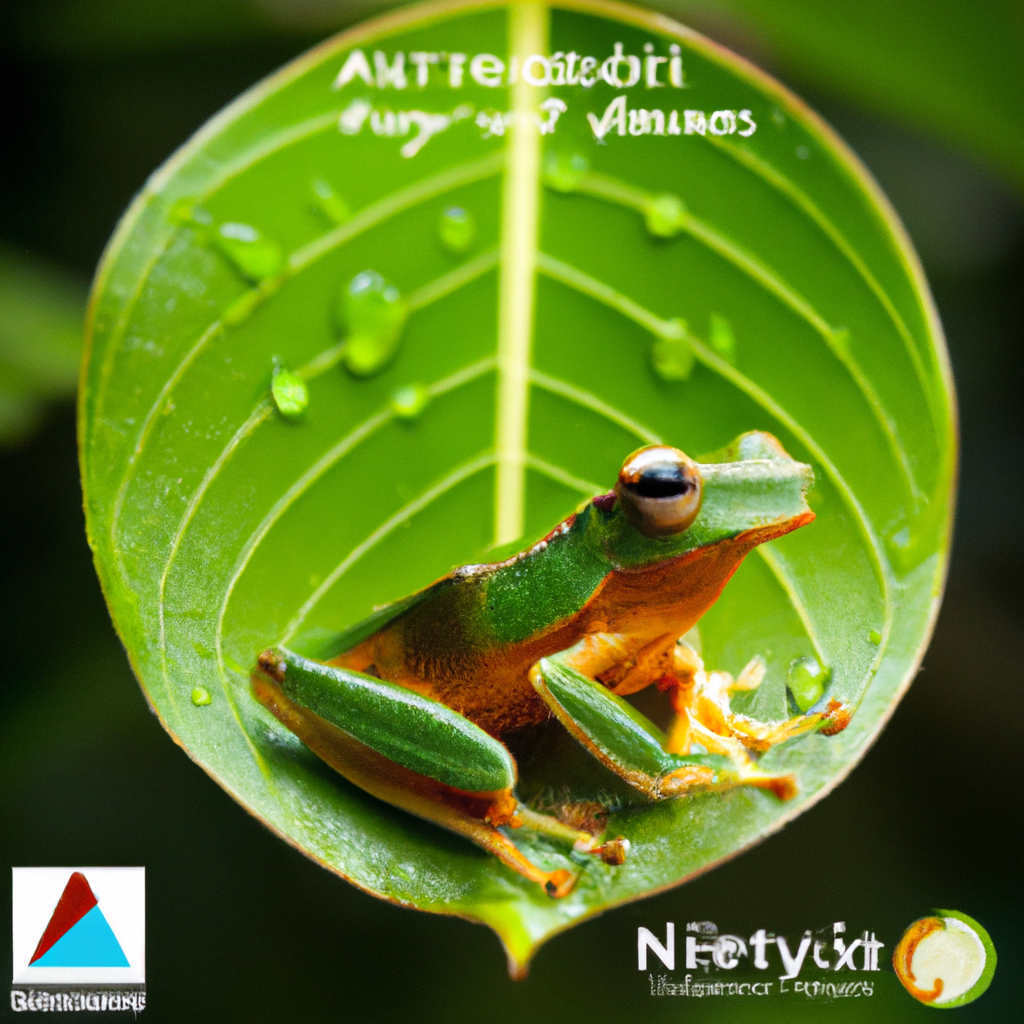Imagine stepping into a world where pristine rainforests stretch as far as the eye can see, exotic wildlife roam freely, and nature’s beauty unfurls at every turn. Suriname’s protected areas offer just that, with an unwavering commitment to conserving biodiversity. From the rolling hills of the Central Suriname Nature Reserve to the tranquil waters of the Galibi Nature Reserve, these protected areas not only serve as havens for countless species of plants and animals, but also hold immense potential for sustainable tourism. Join us as we embark on a journey to explore Suriname’s untouched landscapes, where nature and conservation go hand in hand.
I. Overview of Suriname’s Protected Areas
A. Definition of protected areas
Protected areas in Suriname are designated geographical spaces that are managed with the primary goal of conserving biodiversity and protecting natural resources. These areas are legally established and are subject to special laws and regulations to ensure their preservation. Protected areas can include national parks, nature reserves, wildlife sanctuaries, and other categories of conservation areas.
B. Importance of protected areas in conserving biodiversity
Protected areas play a crucial role in conserving biodiversity in Suriname. Suriname is known for its remarkable richness and diversity of species, including unique and endemic ones. These areas serve as habitats for a wide variety of plants, animals, and other organisms, preserving their diverse ecosystems and supporting their populations. By safeguarding these habitats, protected areas help maintain the balance of ecosystems, protect threatened and endangered species, and contribute to the overall health of the environment.
II. Biodiversity in Suriname
A. Richness and diversity of species
Suriname is recognized as one of the world’s biodiversity hotspots due to its exceptional richness and diversity of species. Its vast rainforests and pristine river systems offer a habitat for countless plants, birds, mammals, amphibians, reptiles, and insects. Suriname is home to various iconic species, including the jaguar, giant anteater, harpy eagle, and river dolphin. These diverse ecosystems support a web of interdependent relationships, making Suriname a haven for biodiversity.
B. Unique and endemic species
One of the remarkable aspects of Suriname’s biodiversity is the presence of unique and endemic species. Endemic species are those that are found exclusively in a particular region and nowhere else in the world. Suriname boasts several such species, including the Suriname toad, Surinamese squirrel monkey, and Maroni River caiman. Protecting their habitats in the protected areas is crucial to ensure the survival of these special and irreplaceable species.

III. Establishment and Management of Protected Areas
A. Legal framework
The establishment of protected areas in Suriname is supported by a robust legal framework. The government has enacted laws and regulations to designate specific areas as protected, define their boundaries, and outline the rules for their management and conservation. These laws ensure that the protected areas are recognized and legally protected, providing a foundation for their long-term existence and preservation.
B. Role of government agencies and NGOs
Government agencies, such as the Ministry of Natural Resources and the Suriname Forest Service, have a significant role in the management and administration of protected areas. They are responsible for implementing conservation policies, enforcing regulations, and coordinating efforts to maintain the integrity of these areas. Non-governmental organizations (NGOs) also play a crucial role in supporting the conservation of Suriname’s protected areas through research, advocacy, and community engagement.
C. Stakeholder involvement
Stakeholder involvement is an essential aspect of the establishment and management of protected areas in Suriname. Engagement with local communities, indigenous peoples, and other stakeholders is crucial for creating a sense of ownership and ensuring the sustainable use of resources. These stakeholders often have traditional knowledge and a deep connection to the land, which can contribute to informed decision-making and effective conservation strategies.
IV. Suriname’s National Parks
A. Central Suriname Nature Reserve
The Central Suriname Nature Reserve is a vast protected area that covers approximately 1.6 million hectares of pristine rainforest. It is recognized as a UNESCO World Heritage site and is one of the largest tropical forest reserves in the world. The reserve is home to an extraordinary array of flora and fauna, including several endangered species. It also serves as a crucial watershed, providing freshwater for surrounding communities. The reserve’s management focuses on sustainable development, scientific research, and the preservation of Suriname’s natural heritage.
B. Brownsberg Nature Park
Brownsberg Nature Park is located in the Brokopondo District and offers a stunning natural landscape with breathtaking waterfalls, picturesque lakes, and diverse wildlife. The park covers an area of approximately 12,000 hectares and is managed by the Suriname Forest Service. It provides opportunities for outdoor activities such as hiking, bird-watching, and wildlife spotting. Brownsberg Nature Park is a popular destination for both domestic and international tourists, contributing to the local economy through sustainable tourism.
C. Raleighvallen-Voltzberg Nature Reserve
The Raleighvallen-Voltzberg Nature Reserve is situated in the upper Coppename River basin and encompasses a range of ecosystems, including savannahs, rainforests, and the renowned Raleigh Falls. The reserve serves as a habitat for a wide variety of bird species, including some rare and threatened ones. It is also known for its archaeological sites, cultural heritage, and opportunities for ecotourism. The management of the Raleighvallen-Voltzberg Nature Reserve focuses on preserving its ecological integrity while promoting sustainable tourism and engaging with local communities.

V. Conservation Challenges
A. Illegal logging and deforestation
One of the significant challenges facing Suriname’s protected areas is illegal logging and deforestation. The demand for timber and the expansion of agricultural activities pose a threat to the integrity of these areas. Illegal logging disrupts ecosystems, destroys habitats, and contributes to the loss of biodiversity. Efforts are being made to combat this issue through increased surveillance, law enforcement, and the implementation of sustainable forestry practices.
B. Mining and extractive industries
Mining and extractive industries also pose a significant conservation challenge in Suriname. The country is rich in natural resources, including gold, bauxite, and oil deposits. The extraction of these resources can have detrimental effects on the environment, including habitat destruction, water pollution, and ecological disruption. Striking a balance between economic development and conservation is essential to ensure the long-term sustainability of Suriname’s protected areas.
C. Climate change
Climate change is a global threat to biodiversity, and Suriname’s protected areas are not immune to its impacts. Rising temperatures, changing precipitation patterns, and increased frequency of extreme weather events can have profound effects on ecosystems and species. Suriname’s protected areas need to adapt to these changes and develop conservation strategies that promote resilience and mitigate the impacts of climate change.
D. Invasive species
Invasive species pose a significant threat to Suriname’s protected areas. These species, often introduced by human activities, can outcompete native species, disrupt ecosystems, and alter ecological processes. Efforts are needed to prevent the introduction and spread of invasive species through rigorous quarantine measures, monitoring, and eradication programs.
VI. Conservation Successes
A. Species recovery and reintroduction programs
Suriname has seen successful species recovery and reintroduction programs, contributing to the conservation of its protected areas. Efforts have been made to protect and recover populations of endangered species such as the giant river otter and the red-faced spider monkey. These programs involve habitat restoration, breeding and release programs, and public awareness campaigns to promote the importance of these species for the ecosystem.
B. Sustainable tourism initiatives
Sustainable tourism initiatives have played a significant role in the conservation of Suriname’s protected areas. By promoting responsible and eco-friendly tourism practices, these initiatives generate revenue that can support conservation efforts. Sustainable tourism also raises awareness about the importance of biodiversity and encourages visitors to appreciate and respect the natural environment.
C. Local community engagement
Engaging local communities in conservation efforts is crucial for the success of protected areas in Suriname. Projects that involve local communities in decision-making, sustainable resource management, and eco-tourism initiatives help foster a sense of ownership and stewardship. By recognizing the rights and knowledge of indigenous peoples and local communities, protected areas can benefit from their traditional practices and ensure the long-term sustainability of the natural resources.
VII. Future Conservation Efforts
A. Expansion of protected areas network
Expanding the network of protected areas is vital for conserving Suriname’s biodiversity. Identifying new areas of ecological significance, establishing new protected areas, and connecting existing ones through corridors can enhance habitat connectivity and promote species movement. This expansion should take into account the needs and rights of local communities, ensuring their participation and support.
B. Strengthening law enforcement and monitoring
Efforts to combat illegal activities such as logging and mining require a robust system of law enforcement and monitoring. Strengthening the capacity of government agencies, implementing advanced surveillance technologies, and partnering with local communities can help deter illegal activities and enforce regulations. Regular monitoring of protected areas’ ecological health and species populations is essential for adaptive management and timely interventions.
C. International cooperation and partnerships
Conserving Suriname’s protected areas requires international cooperation and partnerships. Sharing best practices, scientific knowledge, and technical expertise with other countries and conservation organizations can enhance conservation efforts. Collaborative projects focused on research, capacity building, and community engagement can contribute to the long-term sustainability of protected areas and promote global biodiversity conservation.
VIII. Economic Benefits of Protecting Biodiversity
A. Ecotourism and revenue generation
Protecting biodiversity in Suriname’s protected areas has economic benefits, particularly through ecotourism. Suriname’s rich natural heritage, unique species, and pristine environments attract nature enthusiasts from around the world. Sustainable tourism practices can generate revenue for local communities, create employment opportunities, and contribute to the overall economic development of the country.
B. Sustainable use of natural resources
Protecting biodiversity also allows for the sustainable use of natural resources. By maintaining healthy ecosystems, Suriname can continue to benefit from ecosystem services such as clean water, climate regulation, and soil fertility. Sustainable resource management practices, such as responsible fishing and selective timber harvesting, ensure the long-term availability of these resources while minimizing negative impacts on biodiversity.
IX. Role of Education and Awareness
A. Importance of environmental education
Environmental education plays a crucial role in raising awareness about the importance of biodiversity conservation. By educating the younger generation and providing them with knowledge and skills, Suriname can foster a sense of responsibility and stewardship towards the environment. Environmental education programs can be integrated into formal education curricula, community outreach initiatives, and awareness campaigns.
B. Engaging the local communities
Engaging local communities in conservation efforts is essential for the long-term success of biodiversity protection in Suriname. Encouraging their active participation through capacity building programs, consultations, and the inclusion of traditional knowledge can lead to more effective conservation strategies. By involving local communities in decision-making processes and empowering them to implement sustainable practices, Suriname can ensure that protected areas are managed in a way that benefits both people and nature.
C. Promoting sustainable practices
Promoting sustainable practices in Suriname’s protected areas is crucial for their preservation. This can include sustainable agriculture, responsible waste management, and the use of renewable energy sources. Promoting sustainable practices also extends to industries and businesses operating in or near protected areas, encouraging them to adopt environmentally friendly practices and minimize their ecological footprint.
X. Conclusion
Suriname’s protected areas play a vital role in conserving its rich biodiversity and unique ecosystems. From the Central Suriname Nature Reserve to Brownsberg Nature Park and the Raleighvallen-Voltzberg Nature Reserve, these protected areas safeguard endangered species, preserve habitats, and support sustainable tourism. Despite challenges such as illegal logging, mining, climate change, and invasive species, conservation efforts have shown promising results, including species recovery, sustainable tourism initiatives, and local community engagement. To ensure the future of Suriname’s protected areas, expanding the network, strengthening law enforcement, promoting sustainable practices, and raising awareness through environmental education are crucial. By protecting biodiversity, Suriname can not only preserve its natural heritage but also benefit economically and ensure the well-being of present and future generations.
